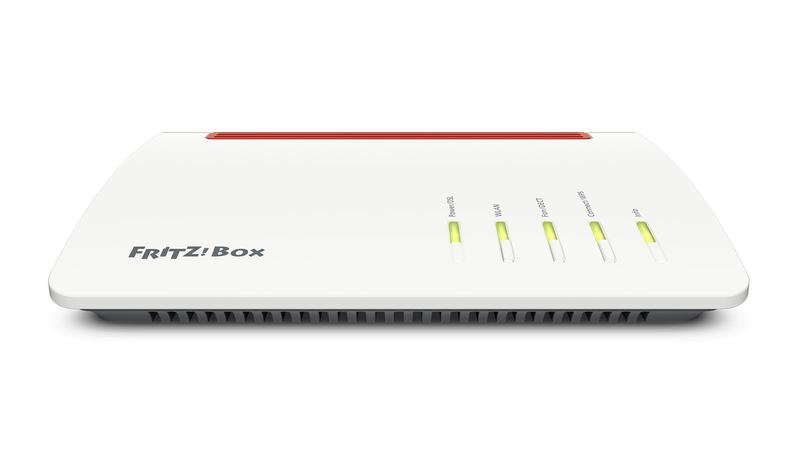How hard can it be? – Creating your own Kubernetes Operator with Ansible – Part 1
One can extend the power of Kubernetes using a so called Operator. A Operator is a piece of software, that runs constantly in a loop and checks for resources to manage. A Operator normally is written in GoLang, but the Operator Framework of Kubernetes enables you also to create one using Ansible roles or playbooks.
Read More »How hard can it be? – Creating your own Kubernetes Operator with Ansible – Part 1








